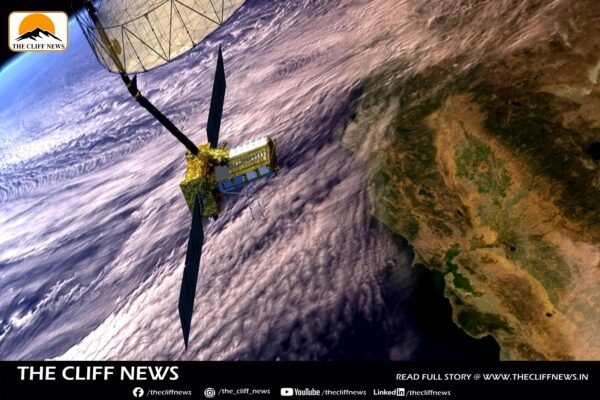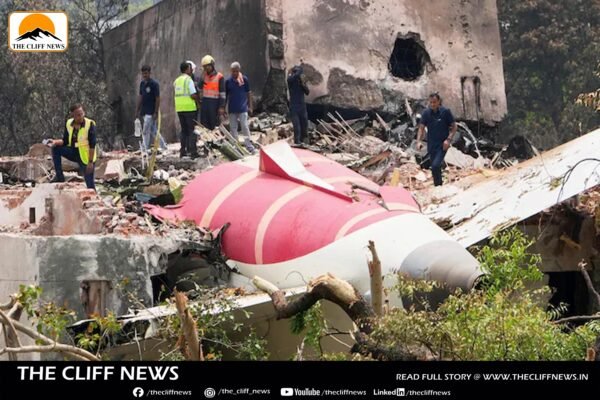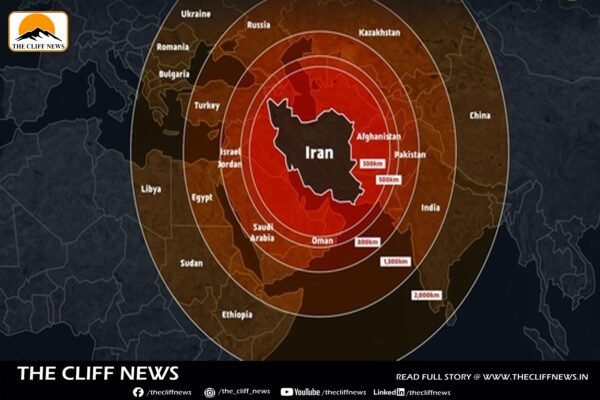In a major leap for global Earth observation, the NISAR satellite—a $1.5 billion joint mission by NASA and ISRO—is set to launch from India’s Satish Dhawan Space Centre near Chennai on June 18. Weighing nearly 3 tonnes and equipped with a 12-metre radar antenna, NISAR (NASA-ISRO Synthetic Aperture Radar) promises to provide real-time, centimetre-level data on Earth’s surface—regardless of weather or time of day. A Game-Changer in Satellite Imaging Unlike traditional Earth-imaging satellites, which rely on reflected sunlight and struggle during nighttime or cloudy conditions, NISAR uses Synthetic Aperture Radar (SAR) technology. SAR actively emits radar signals toward the Earth and measures their reflection, akin to using a flash to take photos in darkness. This allows NISAR to see through clouds, smoke, ash, and even dense vegetation, making it invaluable for: Historical and Scientific Importance SAR technology, first developed for military use in 1951, has found critical applications in recent years. For instance, the European Space Agency’s Biomass mission is using SAR to map 3D forest structures and estimate carbon storage levels. NISAR builds on this legacy with unmatched precision. It is expected to produce a detailed, constantly updated record of changes in Earth’s crust, such as tectonic shifts, groundwater loss, and glacier movements—helping scientists and policymakers respond faster to environmental challenges. Backed by Global Expertise SAR expert Sang-Ho Yun, Director of the Earth Observatory of Singapore’s Remote Sensing Lab, has used SAR data in over 100 natural disaster scenarios over the past 15 years. With NISAR, this kind of real-time, high-resolution disaster mapping will become even more accurate and accessible. What’s Next? Once in orbit, NISAR will scan almost every inch of Earth every 12 days, beaming back gigabytes of radar data to help the world adapt to climate change, improve food security, and protect lives during disasters. As it prepares to take off, NISAR stands as a landmark example of international scientific collaboration, promising to reshape how humanity observes, understands, and safeguards our planet.










